抽象的:
主要重点是三相电动机的工厂常规检查测试项目和参数评估标准
描述了三相电动机的DC电阻,绝缘电阻,频率承受电压和转向波形参数的标准控制。
重点放在确定无负载电流,无负载损失,阻塞电流和三相电动机损耗的方法和基础上
关键字:
常规检查测试;绝缘耐药性测试;跑步性能;无负载电流;无负荷损失;阻塞电流;阻止损失。
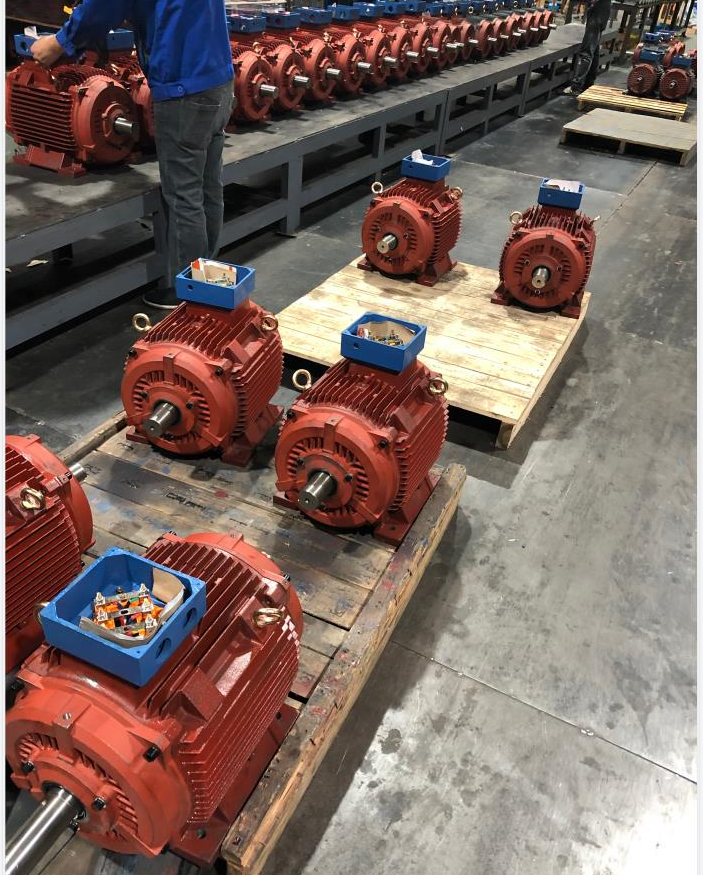
介绍
三相异步电机的常规检查测试的目的是通过测试和检查三相交流电动机的电绝缘性能和运行性能来确定电动机实际负载运行性能的一致性。
不同的电动机制造商结合了自己的过程特性和类型的测试报告,假设三相异步电机的常规检查测试参数与电动机的主要性能之间的关系,以确定三个相位电动机的常规检查测试评估的特定标准。
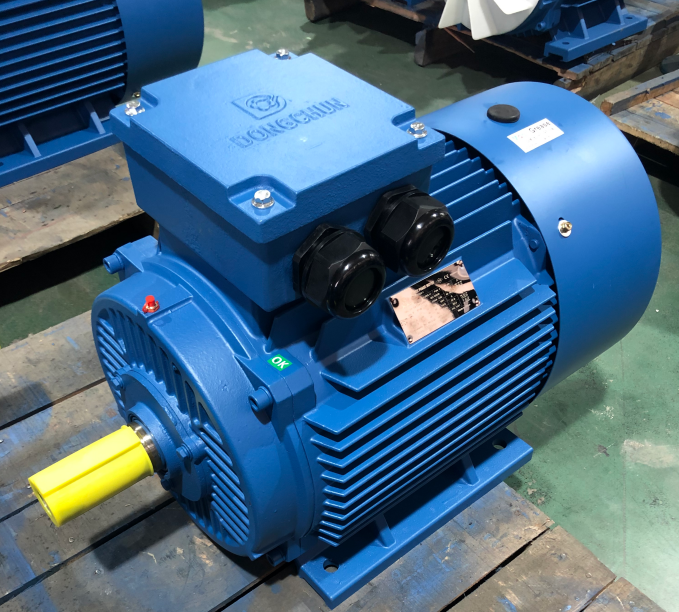
1。三相电动机的常规检查电源测试的标准控制原理
电动机的常规检查测试中有两种主要类型:
电气电机运行性能的测试项目的电绝缘性能和参考标准。
电绝缘性能标准是电动机绕组绝缘性能的资格的基础。
通常情况下,有明确的国家或行业标准,主要包括隔热性抵抗,转弯测试,电压抗性测试和其他项目,可以显然可以赋予对技术条件的遵守程度,因此判断没有不确定性。
电源测试的三相交流电机运行性能标准是确认电动机运行性能是否符合产品技术条件的标准。
如果测试值在标准范围内,则可以确认它已接近或已达到产品的技术条件水平。
但是,与技术条件的一致性程度无法清楚地给出。
除了直流电阻外,其他四组值直接决定了测试电机的关键性能参数,并且参数之间的关系有时是矛盾的。
例如,阻断电流是电动机测试的重要指标,太大将超过极限本身,太小会导致较小的阻塞扭矩。
同时,阻断扭矩也是感应电动机的重要指标。
因此,必须以综合方式确定运行绩效评估标准。
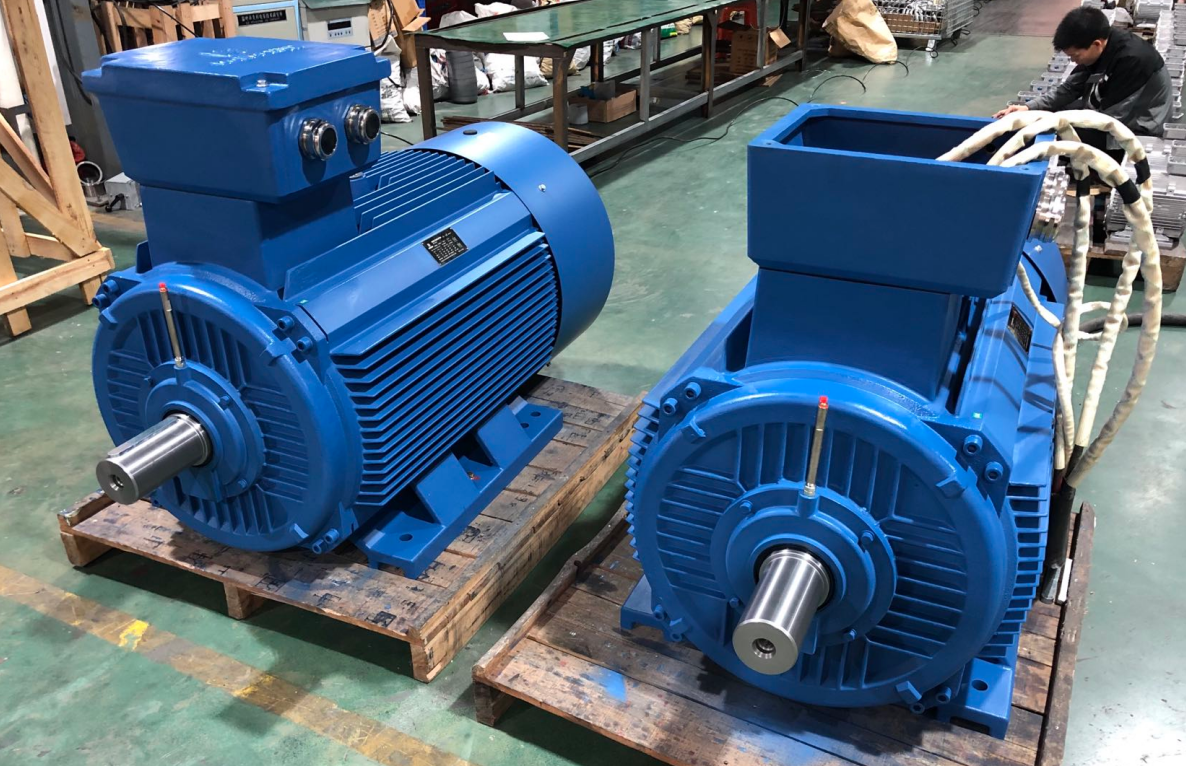
由于原材料和过程波动,每种产品的电绝缘性能和感应电动机的运行性能在一定程度上变化。
为了控制产品质量的一致性和一致性,在电动机制造过程中定义了关键的特殊过程:
定子浸入过程和转子铝制铸造过程。
考虑到过程中所使用的原材料质量的波动,生产过程和加工中的不可避免的错误以及正常不确定性(例如测试测量误差)的影响,在常规检查测试中,必须合理确定测试数据中允许的波动范围。
确保通过常规检查的感应电动机的性能满足产品的技术要求。
2。电绝缘电阻的常规检查测试
根据许多电动机的额定工作电压,根据表1隔开的标准everlement evelly当前的漏洞,在不受欢迎的情况下,根据电动机的范围,根据电动机状况的范围,选择了与工作范围和合格标准的测试射击测试相对应的常规检查测试,通常是根据许多电动机的额定工作电压,通常是隔热的情况下,请验证标准的漏洞,选择与运动范围的测试相对应,然后accoper nativer当前的标准泄漏当前的漏洞。
泄漏电流在允许的值之内,然后进行转交战。
对于机器伤口和嵌入式定子,可以将绝对差极限设置为4%至5%,现场测试区域差极限可以将其设置为2%至3%,对于人为缠绕的转子和嵌入式定子或不稳定的材料,绝对差异可以设置为8%至10%,并且可以将面积差异设置为3%至4%或4%。
每个指数都是合格的,这意味着电动机绕组良好,绝缘测试是合格的,并符合运行放大器的国家标准。
电绝缘性能直接影响电动机的运行寿命。绝缘不良的电动机绕组具有严重的质量风险,会导致隔热崩溃,并在良好的电动机负载操作期间在炎热状态下烧毁绕组线圈。
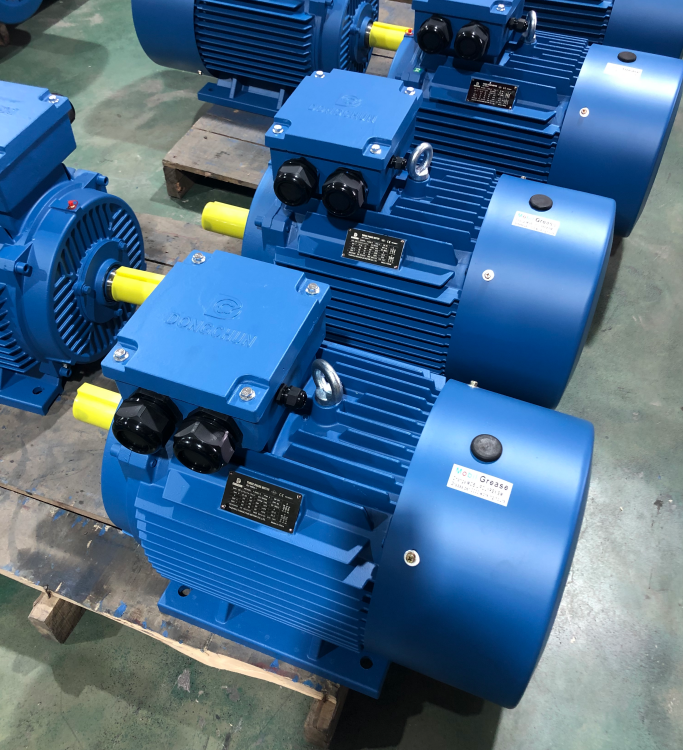
表1隔热电动机的绝缘泄漏电流的参考值不同
| 帧号 | ≤H180 | H200〜225 | H250〜280 | H315 | H355〜500 (松散的镶嵌绕组) | H355〜500 (形成绕组) |
| 泄漏电流(MA) | 0〜10 | 10〜20 | 20〜30 | 30〜50 | 50〜100 | 30〜50 |
3。三个相机运行性能常规检查测试参数的标准实现
三个相的正常波动范围需要在多个电动机的长时间内测量,这是多个电动机的重要基础,这是常规检查测试标准的重要基础。
表2显示了运行性能参数的正常波动范围以及电动机制造商生产的普通IE3系列电动机常规检查测试参数的参考标准的波动限制。
表2:IE3系列电动机的操作性性能参数的波动范围和参考标准的波动限制
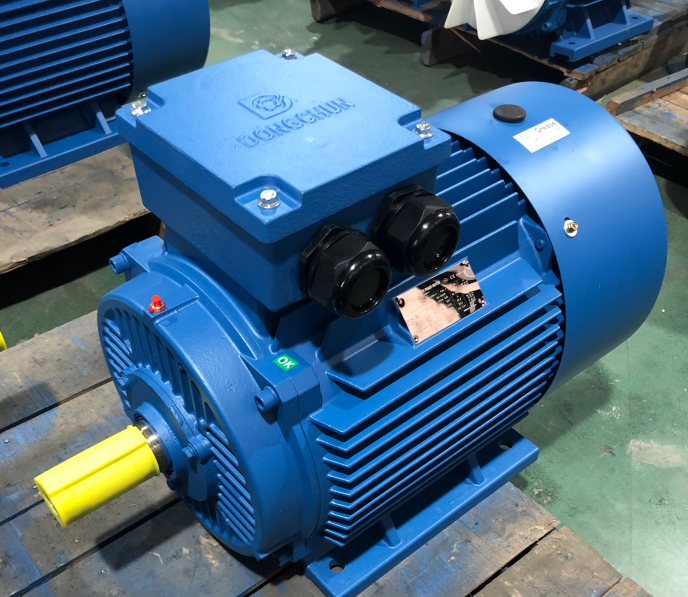
| 性能参数 | 绕组直流电阻 | 无负载电流 | 无负荷损失 | 阻塞电流 | 阻塞扭矩 | 阻止损失 | 最大扭矩 | 最小扭矩 | 满载效率 | 功率因数 | 周转率 | 全载温度升高 |
| 正常范围%波动 | ±2 | ±4 | ±8 | ±4 | ±8 | ±3 | ±3 | ±2 | ±1 | ±1.5 | ±2.5 | ±3 |
| 常规检查控制限制% | ±3 | ±5 | ±10 | ±5 | ±10 | ±5 |
4。例行电动机运行性能测试的参数与主要运行性能之间的关系
三相异步电动机的常规检查和测试的参数被分为无负载电流,无负载损失,阻止电流和阻塞损失,这直接影响了良好电动机的密钥运行性能。
如果无负载电流很大,则功率因数很低;如果无负荷损失很大,则效率很低。
如果阻断电流较大,则额定电压处的阻断电流可能超过评估标准;由于阻断扭矩与阻塞电流成正比,因此较小的阻断电流可能导致额定电压处的阻塞扭矩无法满足标准要求。
大型阻塞损失,低效率;小块损失可能导致最大扭矩无法达到标准要求。
5。确定三相异步电动机的常规检查测试数据标准的方法
三相感应电动机的工作性能的常规检查测试的合格范围的开发通常分为合格的区域方法和上限和下限方法。
合格区方法使用电动机原理和数学计算方法来得出一系列关系方程,然后将原型测试数据和测试标准值替换为这些关系方程,以得出控制公式。
使用时,将实际测量的数据替换为相应的控制公式,并就电动机是否合格做出了全面的决定。
该方法具有很高的控制精度,但是计算和使用更为麻烦,由于标准范围很大,有时会引起错误的判断。
The upper and lower limit method is based on the test data of the qualified prototype and the test standard to give the range of permissible fluctuation of each test data, called single value "upper and lower limit method".
与合格的区域方法相比,控制精度稍差一些,但是简单,方便,更广泛使用的计算和使用。
上限和下限方法基于以下原理和考虑因素。
(1)尽可能多地总结合格原型的类型测试数据
计算相关项目的平均值和波动范围(最大值和最小值)。
(2)对于无负荷电流,
如果最大值对应于功率因数已达到评估的最小限制,则最大值是最大限制的工厂标准无负载电流。
无负载电流可能不会受到最低限制。
如果认为有必要(例如,以防止使用错误的转子或气隙太小而无法引起扫描),则可以将无负载电流的最小值的3%放松,因为最小限制值的出厂标准无负载电流。
3)无负载损失只能设置为最大值。
考虑到该值受运行时间,测试环境(主要是环境温度)和其他因素的影响,在简单的工厂测试中,它可以根据上述原型数据的最大值增加约10%。
如果工厂测试高于给出的最大值,则应适当延长电动机测试的运行时间,以获得更稳定的无负载损失,然后比较和判断。
(4)测试环境对阻塞电流和阻塞损失的影响相对较小
因此,应严格根据原型的波动统计值确定上限和下限的控制范围。
如果根据原型的统计平均值进行计算,则阻断电流为原型统计平均值的95%〜105%。阻塞损失是原型统计平均值的90%〜110%。
(5)在安装电动机绕组盾牌之前,请特别注意电动机常规检查测试。
虽然类型测试是在机器完整组装后进行的,因此为了确定无负载损失标准,应进行修改。
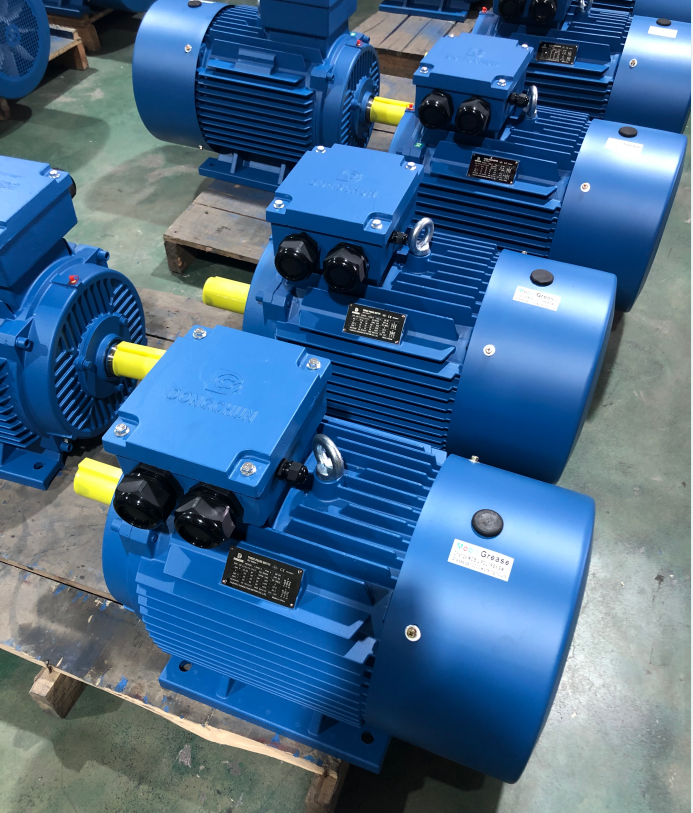
6。结论
三相异步电动机的常规检查测试在一定程度上可以通过电气性能和操作性绩效检查来评估绝缘测试仪性能,温度升高,效率,功率因子,起始能力,起始能力和其他主要性能指标。
资格或以其他方式直接影响电动机的运行性能。
维护实验人员应掌握其极限价值定律,确保常规检查测试合格的汽车工厂,以解决故障原因,维护原因的电动机分析问题,以确保电动机的性能指标符合产品标准要求。
欢迎在评论区与我们分享更多关于电机的资讯!
任何关于电机的咨询,请联系专业电机 制造商 在 中国 如下:

东淳电机拥有广泛的电机产品,应用于交通、基础设施、建筑等各个行业。
获得及时回复。








